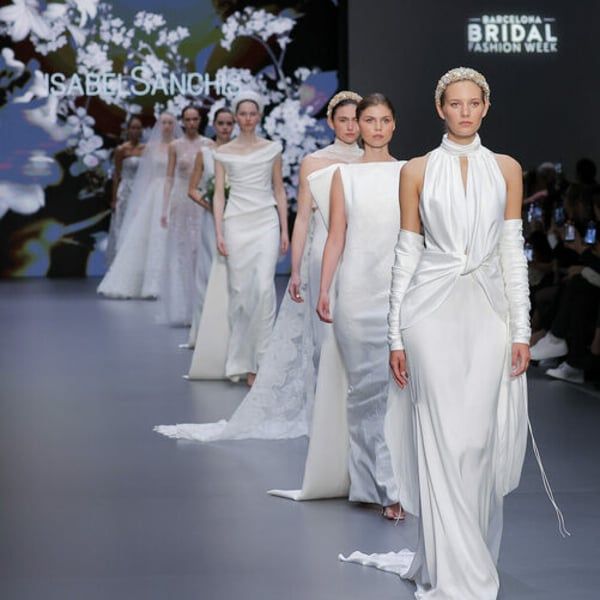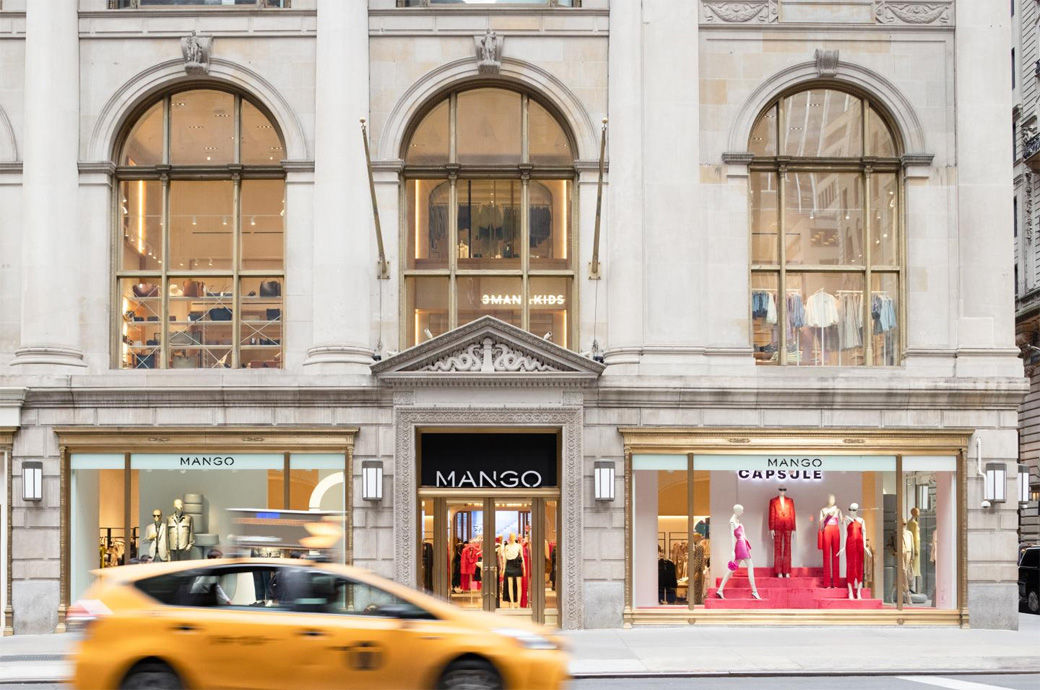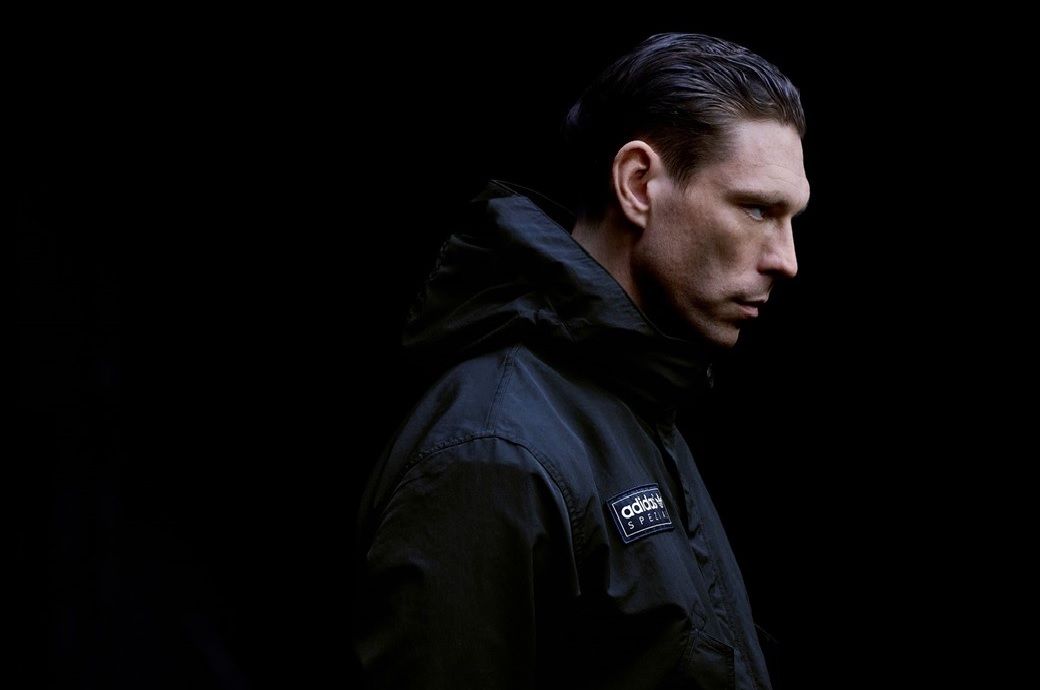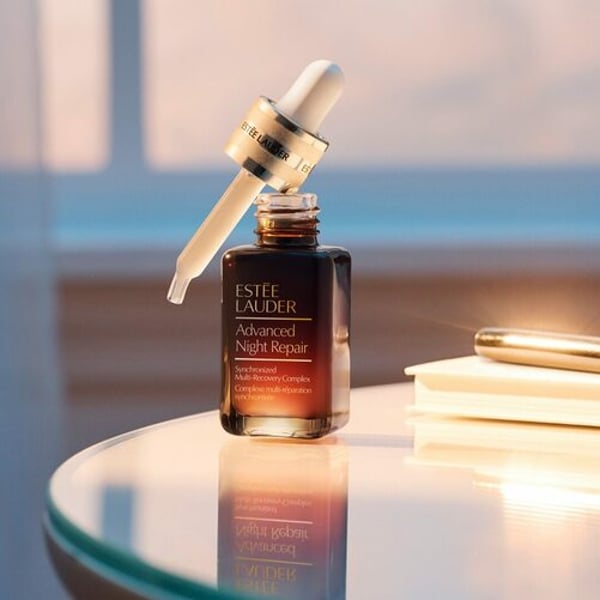Translated by
Roberta Herrera
Published
May 16, 2024
Bridal fashion, once relegated to a niche category within the industry, is making a decisive leap to the forefront. The impact of the pandemic, which greatly affected an industry that depends on physical events and focuses on a single season, means that bridal fashion is now entering an era of reinvention. Designers and brands are showing flexibility, focusing on new markets, creating designs for various types of weddings and bridals, expanding styles and blurring the lines between bridal, ready-to-wear, red carpet and couture. Bridal fashion aims to be treated like haute couture, while the fashion world forays into the lucrative bridal market, dismantling traditional wedding clichés.
Coinciding with Barcelona Bridal Fashion Week, Marseille fashion designer and Instagram icon Jacquemus launched his first bridal collection, faithful to his casual and contemporary style. At the same time, singer Taylor Swift released the first music video from her latest album, wearing a romantic draped wedding dress by Australian designer Toni Matičevski. This wasn't the first time the influential artist embraced bridal fashion; Taiwanese brand Nicole + Felicia's voluptuous designs are a staple in her wardrobe. Recently, the Met Gala featured numerous bridal-inspired dresses on its red carpet: from Ariana Grande's romantic Loewe look to Sienna Miller's bohemian Chemena Kamali dress from Chloé, and Kylie's suggestive Oscar de la Renta dress. Jenner, passing through Alaïa by Vittoria Ceretti. The media attention on bridal designs is undeniable.
A record edition
To confirm whether bridal fashion is more fashionable than ever, Barcelona was the right place. From April 17 to 21, Fira de Barcelona hosted a new edition of Barcelona Bridal Fashion Week, with 37 brands in its shows, presenting more than 900 dresses, and 400 brands participating in the commercial exhibition.
In the midst of a push for internationalization, 80% of these brands were foreign, while 81% of the strategic buyers invited by the organization came from 50 countries, highlighting key markets such as Europe, USA, Japan, Korea South, Latin America, Southeast. Asia and, for the first time, Australia. Attendance increased by 7% compared to last year, reaching 23,000 visitors, including more than 4,200 buyers.

Interest in this market is increasing. According to the 'Essential Wedding Book' by Esade professor Carles Torrecilla and Google, searches related to weddings grew by 23% annually between 2019 and 2022, confirming the recovery of the post-Covid-19 market. Despite reduced competition from brands that did not survive the pandemic, the sector benefited from postponed weddings. Of the more than 1,400 companies surveyed (not just fashion brands), a third experienced more than 10% growth in revenue, 24% grew 5%, 40% maintained stable sales and 7% experienced a decline .
Furthermore, although the seasonality of weddings is reflected in search volumes, data shows that user interest grows throughout the year, leading brands to adapt their strategies to expand their presence in the market.
Beyond the evolution of the profile of couples, with an average age to get married around 30 years old and many of whom have children before (up to 30%), the study shows that the characteristics of wedding dresses are also evolving, and customization is becoming a key factor in design choice. In Spain, the average cost of a wedding dress and accessories is 2,150 euros.
Bridal fashion as haute couture
While previous editions elevated the event's international haute couture status with brands such as Marchesa, Viktor&Rolf and Elie Saab, this year's highlight was Italian designer Giambattista Valli.
“The participation of these designers sends a clear message that we also create haute couture here. Having established haute couture brands means offering that aspirational look, which can coexist with mass-market bridal brands aimed at different audiences,” says Albasarí Caro.

As the headliner of Barcelona's Bridal Night, Valli presented her first bridal show with 30 exquisite designs. In an interview with FashionNetwork.com, she stated: “I didn't want to keep the wedding dress as an elitist corner solely for Haute Couture, but to share it with a broader group. “I see it as a way to translate my DNA of excellence in a much more accessible way.”
Regarding the role of Barcelona Bridal Week in the panorama of global catwalks, he added that the event “has positioned itself as a top-level international benchmark. In Europe it is the most important wedding event. Worldwide, it is at the first level”, highlighting the “phenomenal” reactions of commercial agents.
Although Valli is a big name internationally, the event also featured other high-profile brands. The trade fair dedicated a showroom area to international luxury offerings from Tony Ward, Elie Saab, Viktor&Rolf, Stéphane Rolland, Ines di Santo, Jenny Packham and Georges Hobeika. At the national level, luxury craftsmanship with international reach was represented by the Barcelona-born YolanCris and the Valencian Isabel Sanchís, key protagonists of the Spanish wedding sector.
“We have been working non-stop to attract the Asian market,” said Paula Maiques, designer of the Valencian brand, celebrating the increase in North American buyers. María Díaz, co-founder of Marco&Maria, praised the centralized nature of the event and the opportunities to attract clients among attendees. “In New York everything is more dispersed between showrooms, hotels, etc. The environment here is different, supportive and conducive to sales,” she said, highlighting the brand's increase in international sales, especially in Korea. “Seoul has become the new Paris,” she concluded with a smile.

Although Rosa Clará, one of the main bridal brands in Barcelona, was not featured in this edition, Pronovias attracted significant media attention with its 60th anniversary show. The firm unveiled its new brand image and creative direction, moving from an exuberant bridal style to a more minimalist and artistic aesthetic, marking the first big step of the new CEO Marc Calabia, former Tendam and Desigual.
“We need to be much more contemporary in presenting our values. “Not only do we intend to continue being the leading brand worldwide, but we aspire to be the reference,” said Calabia about the renewed brand image, revealed during a “disruptive, artistic and innovative” exhibition at the National Museum of Art of Catalonia (MNAC). ) before more than 700 guests.
Responding to the demands of current customers, sustainable and “made in Spain”, the Bilbao brand Sophie et Voilà launched a ready-to-wear line three collections ago, which is currently sold through the luxury e-commerce giant Moda Operandi. . Creative director and founder Sofía Arribas sees it as a logical step towards fluidity, “just as many classic fashion brands are venturing into the bridal sector.” Mass market brands such as Asos, & Other Stories, H&M, Reformation and Sézane have recently started introducing bridal collections into their offerings.

Other fast fashion giants have been quietly flirting with event and ceremony fashion, sometimes marketing outfits suitable for these occasions without committing to a new bridal category. In Spain alone, although this offer is minimal compared to complete fashion lines, they account for up to 7% of wedding dress purchases, while 78% of customers opt for specialized stores and 11% choose designers. For men, 20% choose clothing stores, 52% prefer specialized boutiques, 16% go to tailors and 6% to designers.
Launched in 2023 to provide recognition, visibility and internationalization to companies in the sector, the Barcelona Bridal & Fashion Awards closed the event, honoring names in the sector such as Pronovias, Pnina Tornai, Sophie et Voilà, Mans, Jenny Packham, Yolancris and Vera Wang The next edition of Barcelona Bridal Fashion Week is scheduled to be held from April 23 to 27, 2025.
Copyright © 2024 FashionNetwork.com All rights reserved.












